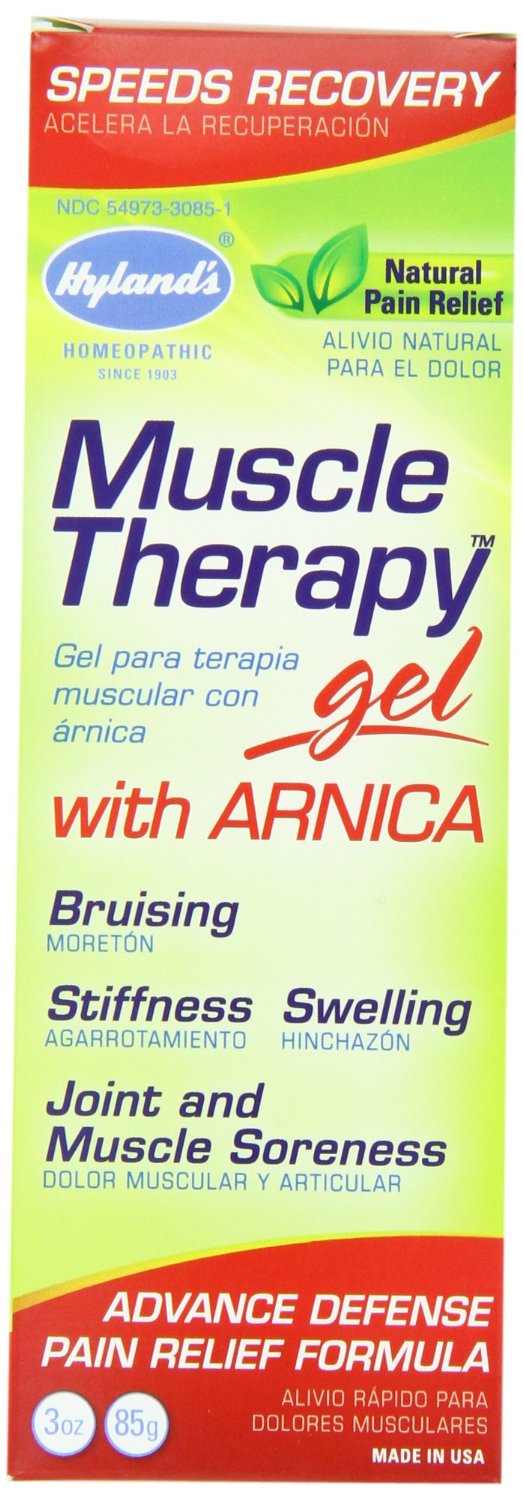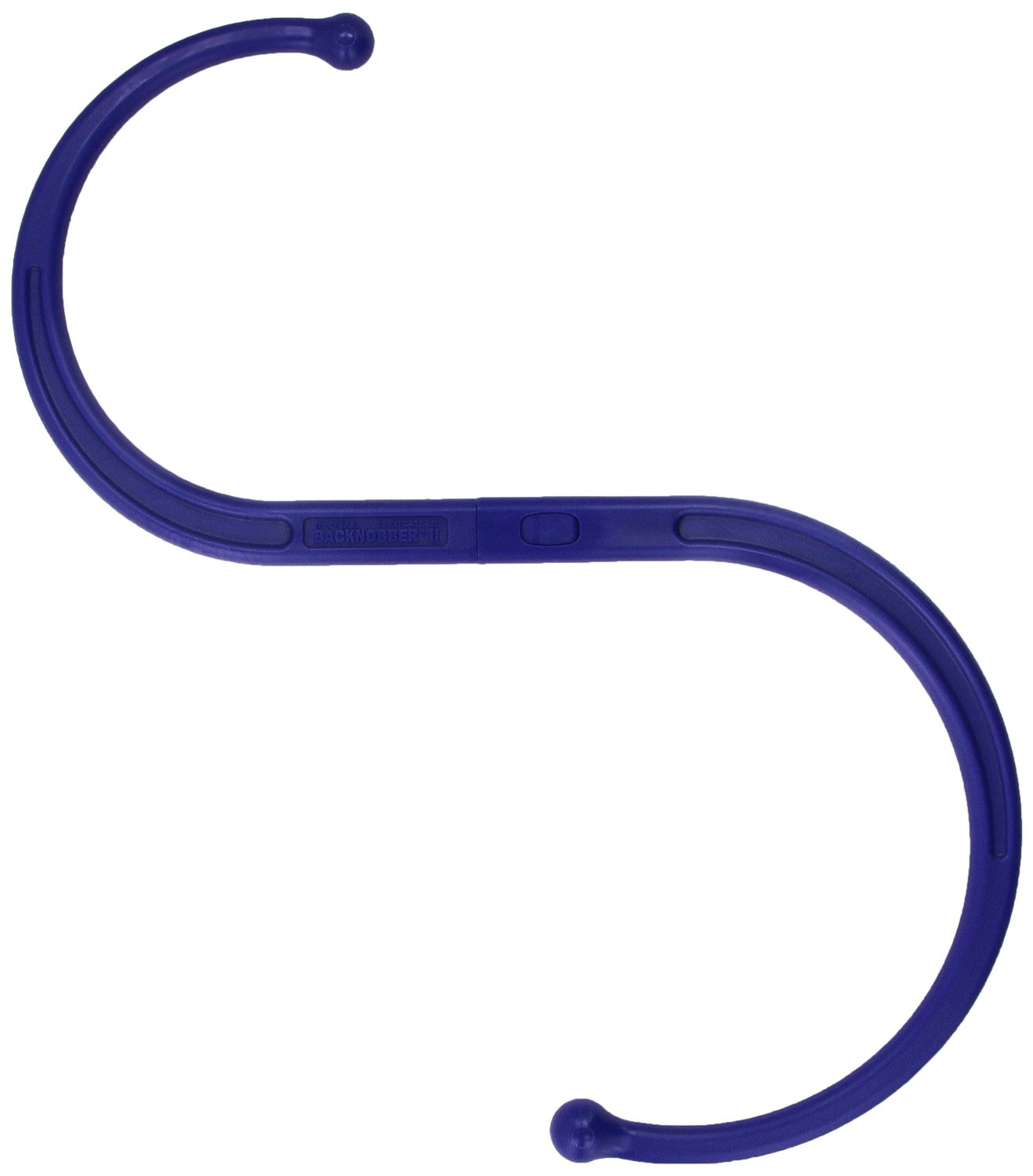|
I've
been asked what the difference is between Relaxation Massage and
Deep Tissue/Therapeutic Massage many times by people who 1) have
either never had a massage or 2) have only had a few, but
weren't sure exactly what type of massage they had. So I wrote
this article to define these two types of massage as much as
possible for you and explain the differences.
What
exactly is a Relaxation Massage?
Relaxation
Massage may also be called Swedish Massage or Swedish Relaxation
Massage. This is the type of massage that's most popular in
movies, TV shows, and printed advertisements. When people think
of a massage, they think of the pampering, lighter touch massage
that's given at spas, health clubs, resorts, and on cruise ships
and Relaxation Massage fits perfectly into those settings. It's
commonly the type of massage that someone will have as their
first massage.
Relaxation
Massage is beneficial for relieving
everyday stress, loosening any general tension in the muscles,
and giving an overall feeling of well-being.
To
be considered relaxing,
this type of massage is not intended to
work
on many conditions that people have, such as chronic neck pain,
back pain, wrist pain from keyboard overuse, old injuries from
sports or automobile accidents, limited range of motion in the
neck, arms, or legs, etc. These conditions are typically caused
by tension that is buried deep within the soft tissue (muscles,
tendons, ligaments, and fascia).
Depending
upon the condition that you have, a Relaxation Massage may not
give you the long-term relief that you're looking for. If the
tension that's causing the problem is deeper into your tissue or
it requires therapeutic techniques and a more firm pressure to
release that tension, you would most likely need a Deep
Tissue/Therapeutic Massage.
What
exactly is a Deep Tissue/Therapeutic Massage?
Deep
Tissue Massage is also known as Therapeutic Massage. This type
of massage uses special techniques that are not used in a
Relaxation Massage session. In order to release the tightness in
the soft tissue, the massage therapist needs to work deeper into
the tissue and will use whichever therapeutic technique is most
effective for the condition. In working deeper into the tissues,
it requires a more firm
pressure and an expected level of discomfort.
Throughout
a Therapeutic Massage session, the massage therapist must "check
in" with the patient on the amount of pressure being used
so that only as much pressure as is needed in each area is used.
Therapeutic
Massage does not need to cause intolerable or excruciating pain
to get results.
If you
do experience soreness after a Therapeutic Massage, there is a
natural homeopathic gel by Hyland that you can rub onto the sore
area to get impressive relief. It has ingredients such as arnica
for soreness and hypericum for nerve pain:

Click
here to
read reviews and purchase a tube of Hyland's Muscle Therapy Gel
for yourself.
For
more
information on some of the conditions that may be improved with
Therapeutic Massage, go to Benefits
of Therapeutic Massage.
What
else should I know about the differences?
Which
massage is best for my first massage?
If
you've never had a massage (or have only had one in a massage
chair),
it's best to get a Relaxation Massage first. During your first
massage, you'll find out what type of pressure you like and
which areas of the body you like worked more and which areas
you'll like worked less. Also, many people find that their first
massage "stirred up" waste products or toxins that
were trapped in their tissue, so it's best to not go too deep
into the tissue during the first massage or it may possibly
bring on unnecessary soreness or even nausea over the next day
or two.
How
often can I get massage?
It
is perfectly fine to get a Relaxation Massage every day, if you
can. In fact, when Bob Hope's daughter was asked what helped him
live to the age of 100, she said that her father always credited
his daily massage as part of that! Unfortunately, a daily
massage is not affordable for most of us, so we have to find a
plan that fits both our budget and our schedule. Most people
find that a once-a-month Relaxation Massage is ideal to keep
stress and tension under control and at the same time, fit into
just about any budget.
As
for Therapeutic Massage, it is not
a good
idea to get this type of massage every day. Since it involves
working deeper into the soft tissue, that tissue will need a day
or two of rest and recovery. A typical Therapeutic Massage
schedule is for two to three sessions a week for a week or more
to get the most progress and the best results.
Can
I massage my own tight muscles?
Some
people like to work on their own tight muscles at home the same
way that a Therapeutic Massage does. But they've told me that
they just can't press deep enough into their muscles to get the
same results. So if you're someone who prefers to treat your own
tight muscles, there is an excellent tool that you can purchase
called the Backnobber:

Click
here to
read reviews on the Backnobber and purchase one.
Is
there such thing as a combination of Relaxation Massage and
Therapeutic Massage?
Many
people can't imagine a full sixty-minute session of deeper,
therapeutic techniques, since there is an expected level of
discomfort involved. In this case, it's best to set a limit on
the amount of time that you want deeper, therapeutic work done,
then have the remainder of the session done with a more relaxing
pressure.
In
reality, a Therapeutic Massage is not always a full
session of deeper, therapeutic
techniques. Typically, it will start with a more relaxing
pressure to warm up the tissues, then get gradually deeper with
therapeutic techniques, then end with relaxing pressure to
"flush" the tissue. This type of session is still
considered a Therapeutic Massage, so it will typically be priced
at a higher rate than a full session of Relaxation Massage.
|
|




